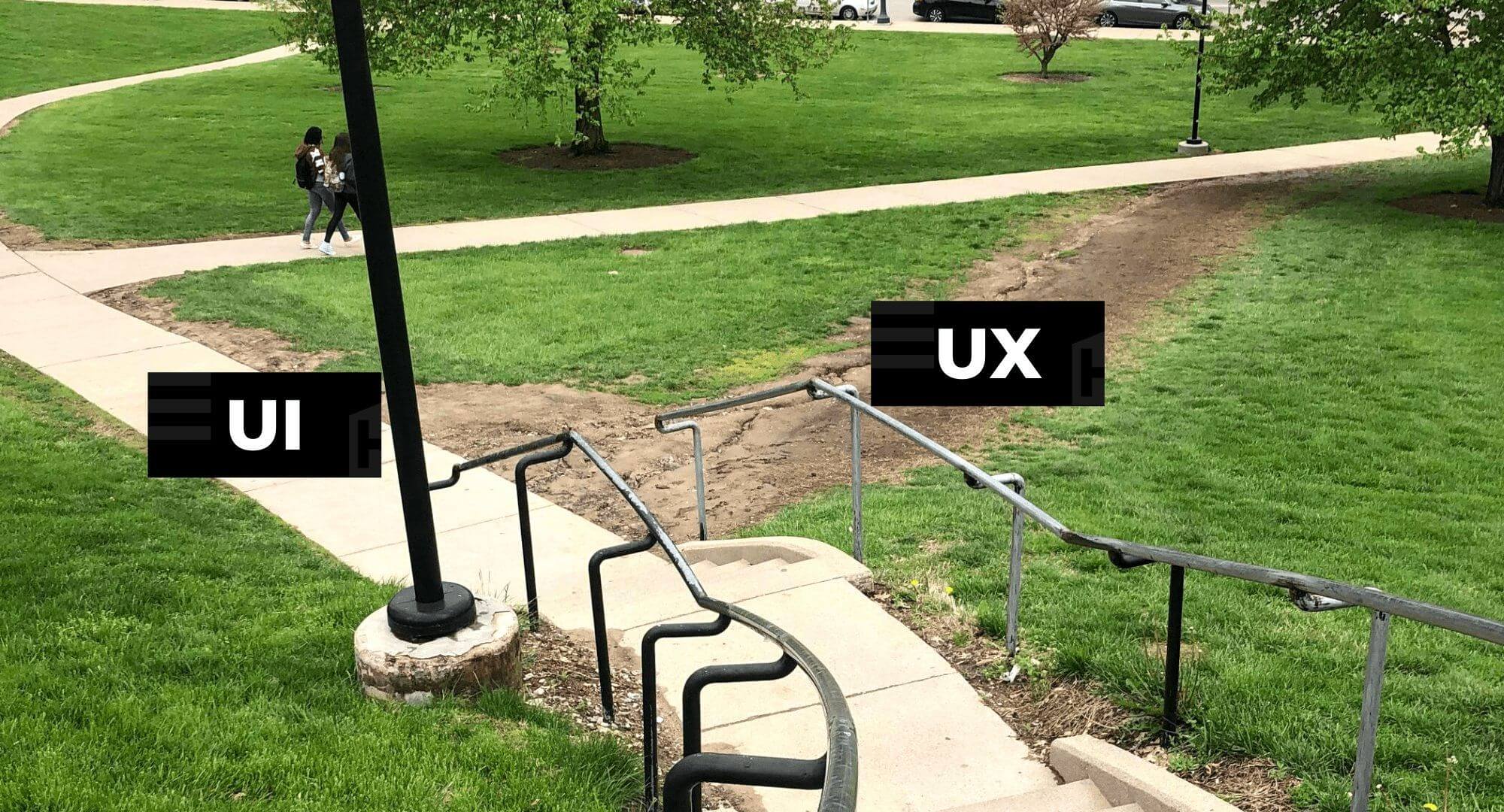Demystifying Design vs. Experience Design: What Sets Them Apart

In today’s hyper-connected world, design plays a crucial role in shaping our interactions with products, services, and digital platforms. Yet, there’s often confusion about the distinctions between design and experience design. In this article, we’ll explore the fundamental differences between these two concepts and why they are both essential for creating exceptional user experiences.
Design: Aesthetic and Functional Appeal
Design primarily focuses on the visual and functional aspects of a product or interface. It’s about creating a visually appealing and coherent look that aligns with the brand’s identity and resonates with the target audience. Design can be applied to a wide range of creative endeavors, including graphic design, industrial design, web design, and more.
Here are some key aspects of design:
- Aesthetics: Design involves choosing colors, typography, imagery, and layout to create a visually pleasing and cohesive look. It’s about making something look good.
- Usability: Functional design ensures that a product or interface is easy to use and navigate. It aims to provide a seamless and intuitive user experience.
- Consistency: Design establishes consistent visual elements and branding guidelines to create a unified look and feel.
- Form and Function: Balancing form and function, design seeks to make products and interfaces not only beautiful but also efficient and effective.
In essence, traditional design aims to create a product that is visually appealing, functional, and in line with brand identity.
Experience Design: A Holistic Approach
Experience Design, often referred to as UX (User Experience) Design, takes a more holistic and user-centered approach. It considers not only the product’s visual and functional aspects but also the entire user journey and emotional impact. The goal of experience design is to create meaningful and memorable interactions between users and a product or service.
Key aspects of experience design include:
- User-Centered Design: Experience design starts with a deep understanding of the users, their needs, pain points, and behaviors.
- User Journey: It maps the entire user journey, from the first interaction with a product to the final engagement. This includes touchpoints across various channels and devices.
- Emotional Connection: Experience design aims to evoke positive emotions, delight, and satisfaction in users. It’s not just about aesthetics but also about how users feel.
- Storytelling: Crafting a compelling narrative and creating a coherent story that guides users through their journey.
- Iterative Process: Experience design involves constant iteration and user testing to refine the product based on user feedback.
- Cross-Functional Collaboration: It often requires collaboration between designers, researchers, developers, and marketers to create a seamless and user-centered experience.
In essence, experience design goes beyond aesthetics and functionality to create a meaningful and enjoyable interaction with a product or service, taking into account the emotional and psychological aspects of the user experience.
The Synergy: Bringing Design and Experience Design Together
While design and experience design are distinct concepts, they are not mutually exclusive. In fact, they complement each other. An aesthetically pleasing design is essential for attracting users, while a thoughtful and user-centric experience design keeps them engaged and satisfied.
Successful products and services often combine both elements to create a harmonious and memorable user experience. By understanding the differences between design and experience design and leveraging their respective strengths, businesses can create outstanding offerings that resonate with their audience, foster loyalty, and stand out in today’s competitive landscape.
